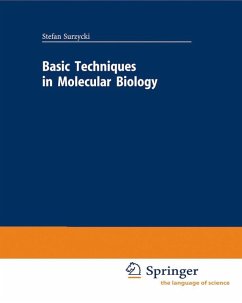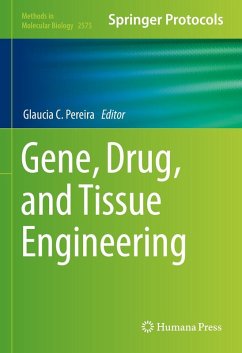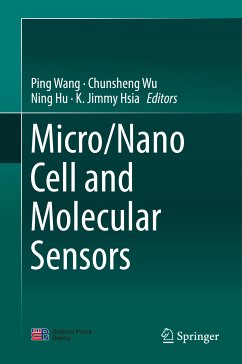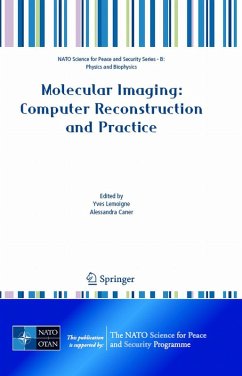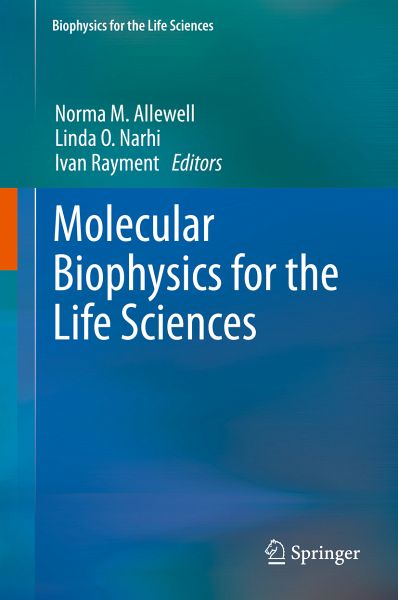
Molecular Biophysics for the Life Sciences (eBook, PDF)
Versandkostenfrei!
Sofort per Download lieferbar
112,95 €
inkl. MwSt.
Weitere Ausgaben:

PAYBACK Punkte
56 °P sammeln!
This volume provides an overview of the development and scope of molecular biophysics and in-depth discussions of the major experimental methods that enable biological macromolecules to be studied at atomic resolution. It also reviews the physical chemical concepts that are needed to interpret the experimental results and to understand how the structure, dynamics, and physical properties of biological macromolecules enable them to perform their biological functions. Reviews of research on three disparate biomolecular machines-DNA helicases, ATP synthases, and myosin--illustrate how the combina...
This volume provides an overview of the development and scope of molecular biophysics and in-depth discussions of the major experimental methods that enable biological macromolecules to be studied at atomic resolution. It also reviews the physical chemical concepts that are needed to interpret the experimental results and to understand how the structure, dynamics, and physical properties of biological macromolecules enable them to perform their biological functions. Reviews of research on three disparate biomolecular machines-DNA helicases, ATP synthases, and myosin--illustrate how the combination of theory and experiment leads to new insights and new questions.
Dieser Download kann aus rechtlichen Gründen nur mit Rechnungsadresse in A, B, BG, CY, CZ, D, DK, EW, E, FIN, F, GR, HR, H, IRL, I, LT, L, LR, M, NL, PL, P, R, S, SLO, SK ausgeliefert werden.







